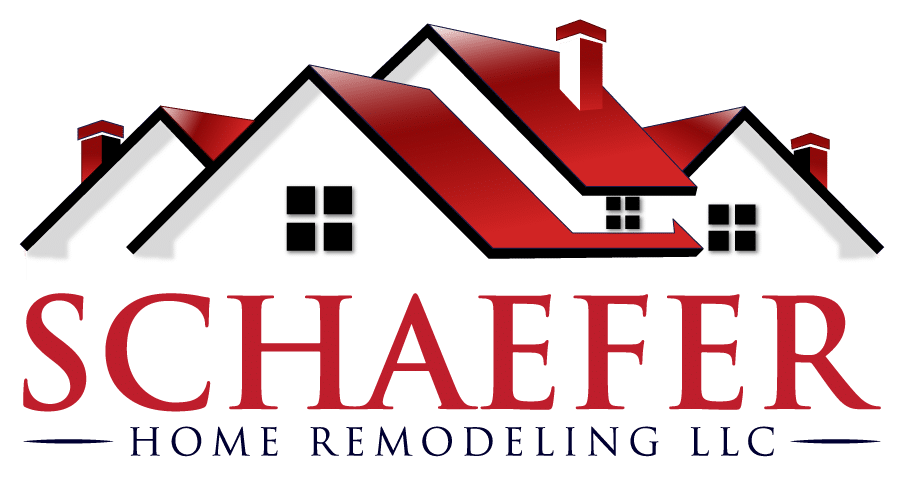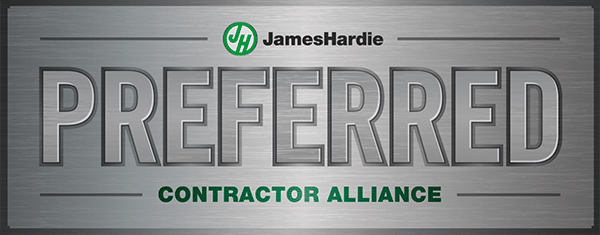You have several choices when it comes to siding your home, from traditional wood siding to more advanced and high performance materials like fiber cement. The decision on which is best for your home depends on many factors, including how long you plan to remain in your home, weather, budget, and maintenance. Here are the most popular siding choices:
- Fiber Cement Siding – The fastest growing siding material in the country, fiber cement siding is composed of cement, sand and cellulose fiber that has been cured with pressurized steam to increase its strength and dimensional stability. The fiber reinforces the product and prevents cracking. This siding product will protect your home from rot, fire, wind and insects.
- Vinyl Siding – Vinyl siding has grown in popularity because of its price point and ease of maintenance. Manufactured with polyvinyl chloride, vinyl siding is very low maintenance. Vinyl siding is practically maintenance free and available in a wide variety of colors. However, resistance to hail and high winds may be an issue.
- Wood Siding – Wood is a traditional siding material, either in shakes (shingles) or clapboard form. Wood siding has been used on houses for hundreds of years but has been been losing popularity to the newer materials like vinyl and fiber cement. While nice to look at, wood siding generally comes without a warranty, requires frequent scraping and painting, and regular maintenance, particularly in regions with extremes of moisture and temperature.
- Aluminum Siding – Once the best type of replacement siding, aluminum has rapidly lost ground to more modern materials. Though it can dent and even fade, it won’t crack. Aluminum siding is fireproof, and comes in a variety of styles and colors. Aluminum siding doesn’t rot, offers low maintenance, and is relatively easy to keep clean when it is new. It’s ideal for wet climates. However, aluminum siding tends to chalk, fade and dent.
- Stucco – Typically seen in Mission or Spanish-style architecture, stucco can be smooth or course, raked or swirled. It can contain sand, lime or pebbles. Depending upon the climate and the desired texture, different types of cement are used in the stucco mix. Natural stucco is fire resistance, very energy efficiency and does not require much maintenance. It also expands and contracts with the weather, which minimizes cracking. Stucco can last up to 50 years before it needs to be replaced.
Schaefer Home Remodeling has helped homeowners throughout New Jersey enhance curb appeal and property value through well-planned renovations and repairs. Call Schaefer Home Remodeling at 732-955-7900, or contact us online for exterior home remodeling ideas for your New Jersey home.

